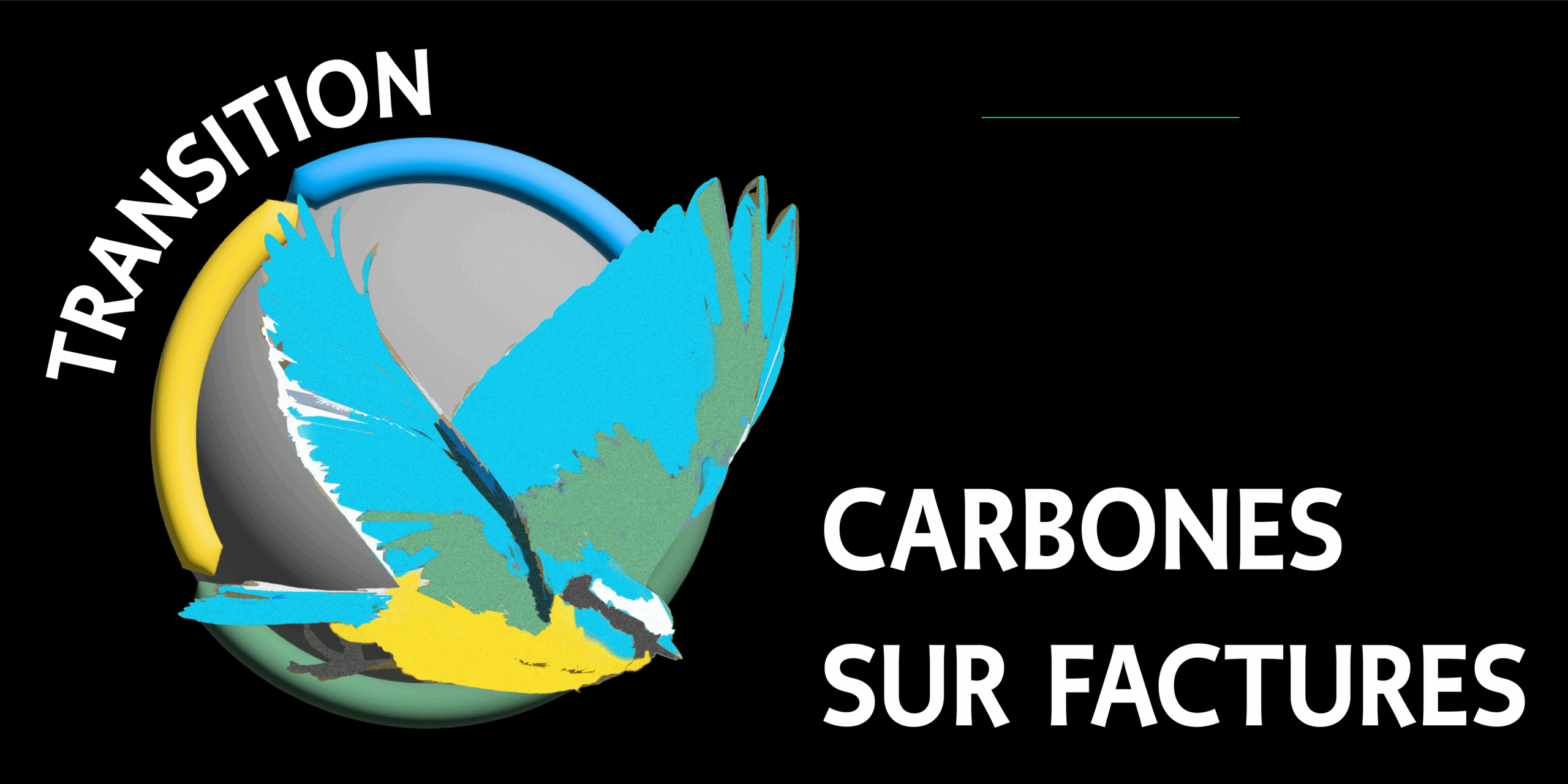Trajectories, for products (and projects) and for producers (and financing)
Trajectories can be defined over time both for the weight of a product (if it is a product used over several years) and for the annual decarbonation of an organisation.
Weight trajectories
– To compare the purchase price of a good that has been used for several years (vehicle, machine, property, insulation work, etc.), we need the estimated trajectory of its use, to calculate its annual weight of use, integrating its weight at the time of purchase, its estimated lifespan and the carbons emitted or captured during use and at the end of its life. This is the counterpart to the estimated trajectory of the impact of the purchase on the buyer’s cash income.
Decarbonation trajectories inform decisions impacting the future
– For the planet or a country. The trajectory makes it possible to plan decarbonation efforts until the net flow of carbon into the atmosphere is reduced to zero and the balance of carbon in the atmosphere is restored. It also makes it possible to share these efforts: by country, by region, by sector, right down to the players, since the trajectory of an area is the sum of the trajectories of its players.
– For a credit project or an investment in a financial product (share, bond, cash flow, etc.), the trajectory is conventionally that of the projects or players financed. It is the counterpart of the estimated trajectory of their monetary performances.
– For an organisationthe trajectory is the decarbonation equivalent of its business plan. It enables the organisation to optimise its efforts and informs the decisions of its financiers (shareholders and bankers).
Adjusting trajectories
The trajectories need to be adjusted according to actual performance: how many carbons per m2 did the building’s heating actually consume ? How much decarbonation did the financial product actually generate ? Has the organisation achieved its decarbonation forecast for the year ?
Comparing trajectories
The enlarged economic calculation transposes the instruments of monetary economic calculation, in particular the discount rate. It is used to reduce the trajectory of a project to a single value, by adding up its annual performance, reduced by the discount rate. This estimates the risks : in monetary terms, that costs will be higher than forecast and revenues lower; in decarbonation terms, that decarbonation will be lower than forecast and carbonation higher.
A specific discount rate for the decarbonation trajectory avoids the current implicit assumption that decarbonation risks are the same for all projects and that decarbonation is equivalent this year or in 10 years’ time. It makes it possible to simply, prudently and smoothly bring forward to today risks that have not been dated, but for which we can only estimate the magnitude and probability (increasing loss of efficiency of so-called “natural” decarbonation: disappearance of glaciers, forests, species, etc.; increasing deduction from monetary income of the consequences of environmental disruption).
Reconciling cash income and decarbonation
Enlarged economics gives two measures for each possible choice : a cost and a weight in terms of carbon for an immediate decision; a present value in terms of income and decarbonation for a future decision.
To reconcile them, the decision-maker can optimise one dimension subject to the constraints of the other: choosing the project with the best decarbonation performance for the same monetary performance, or vice versa.
The advantages of this approach
Current economic calculations do not include carbon, so the vast majority of projects have no carbon footprint. For major public projects, the carbon captured or emitted is converted into cash at a conventional price per tonne of carbon. This price is arbitrary and the implicit assumption (that decarbonation is equivalent whether it is achieved this year or in 10 years’ time) is contradicted by scientists.
The enlarged economic calculation for carbon avoids these shortcomings. It supplements the project’s cash expenditure and revenue with a second trajectory : its decarbonation results year by year. It applies its discount rates to each trajectory and obtains two current values, in money and in decarbonation. It becomes possible to choose the project with the best present value in terms of decarbonation for the same present value in terms of money, or the opposite: a source of universal and considerable savings, in terms of both decarbonation and money.
A discount rate simply, prudently and smoothly brings probable future impacts back to today. For example, the long-term money discount rate used by economists (around 1%) often simply projects plausible and consensual money growth, which is not documented by anything other than past history. The discount rates for decarbonation will be able to incorporate more solid data: events that are not dated but for which we have an idea of the scale and probability (disappearance of glaciers, forests, species, etc.).
